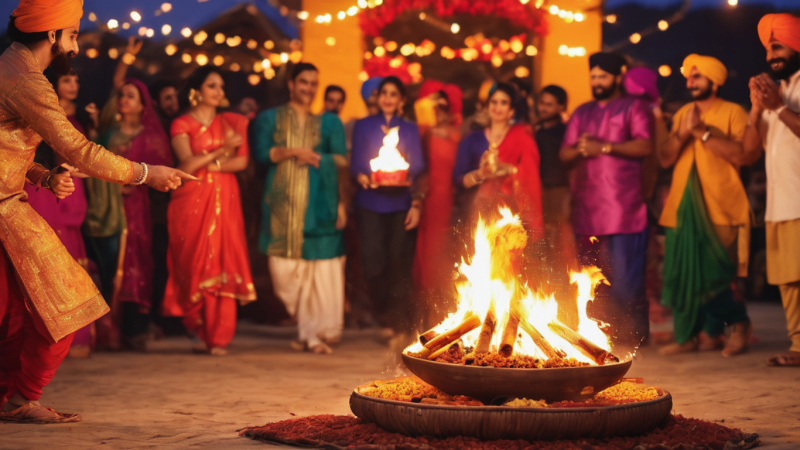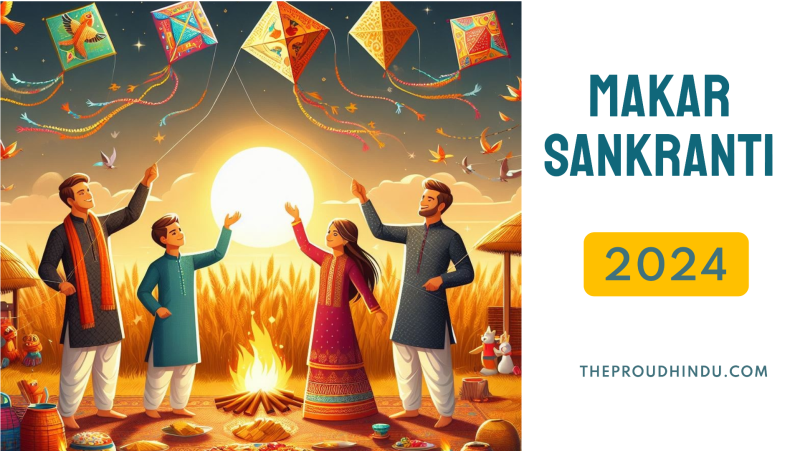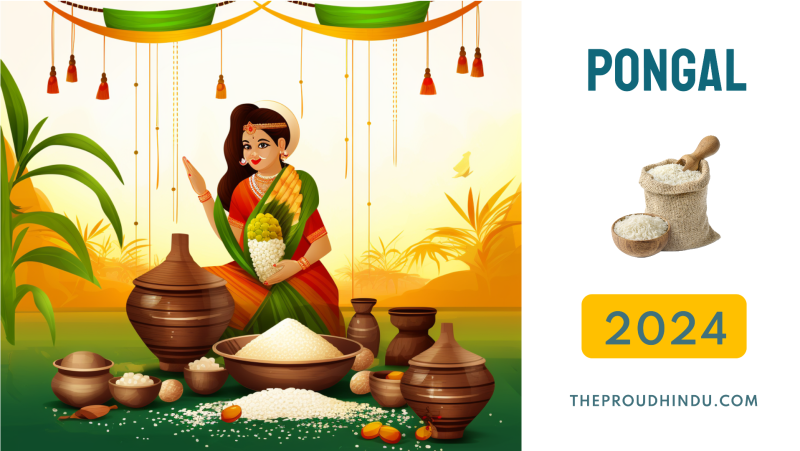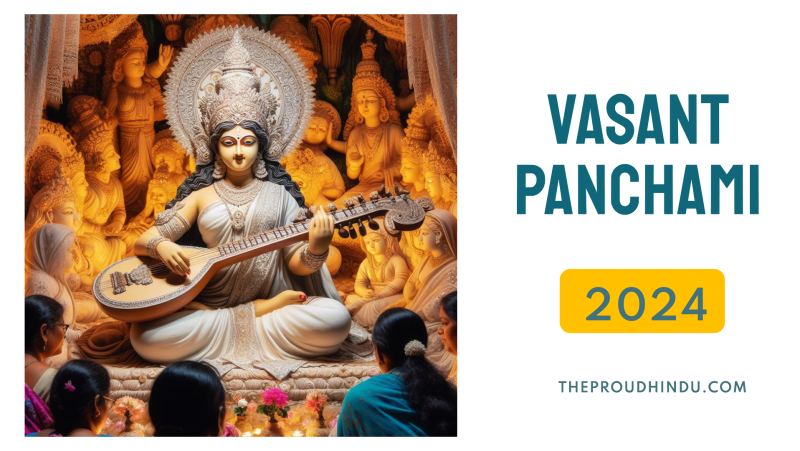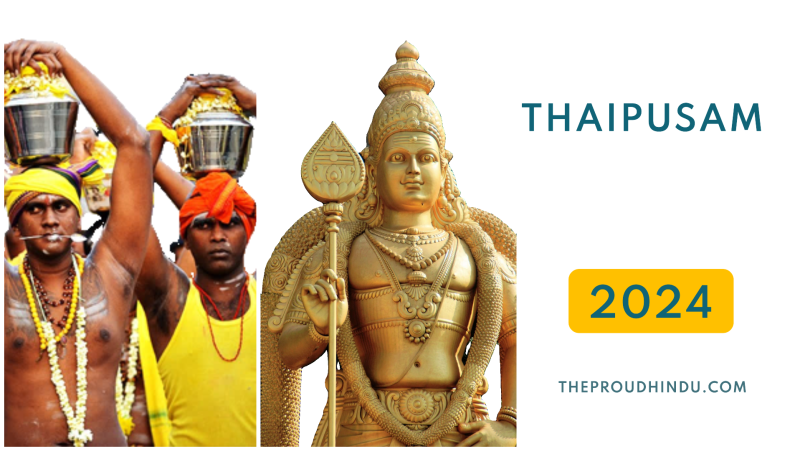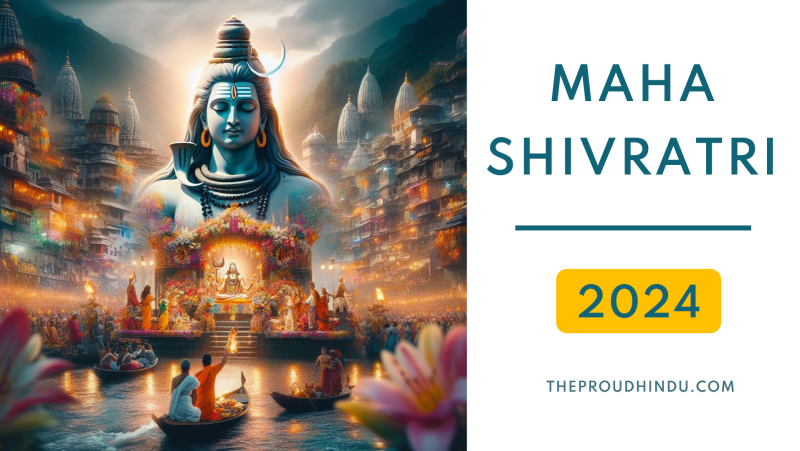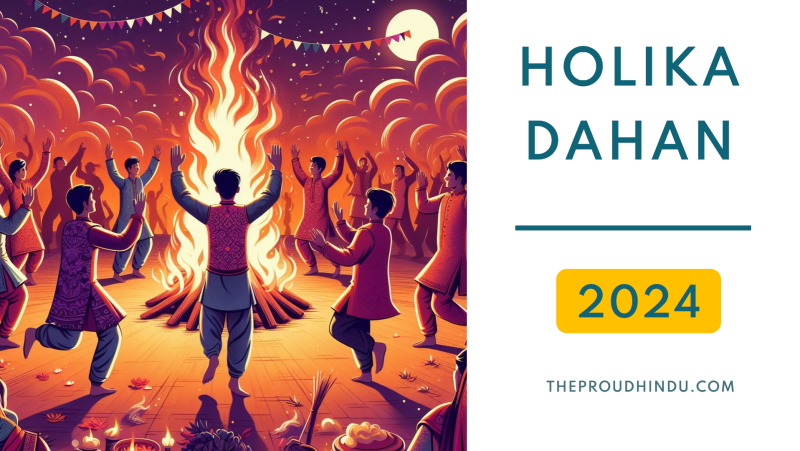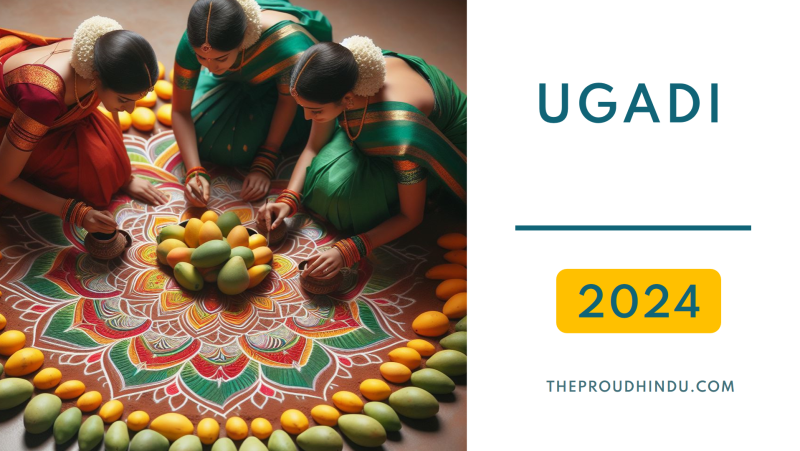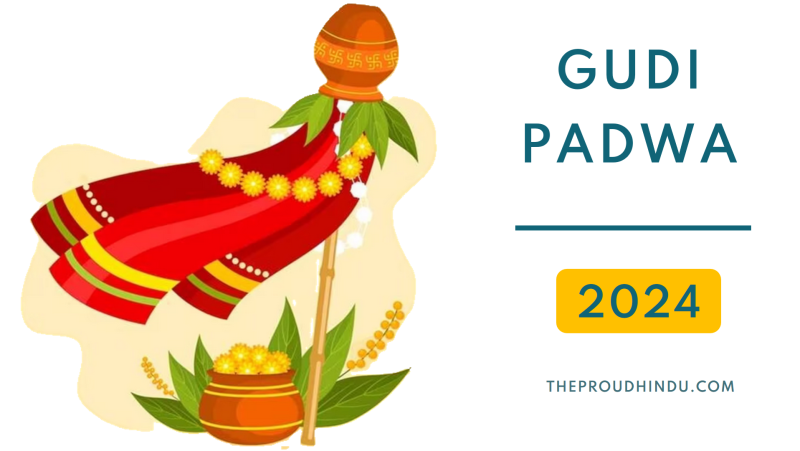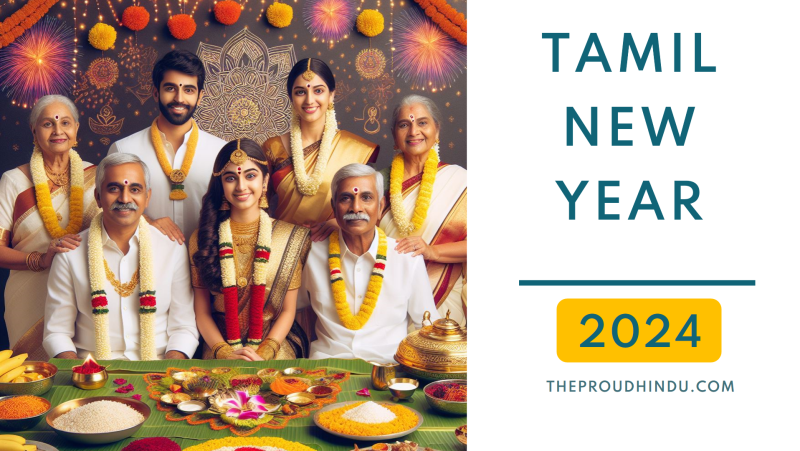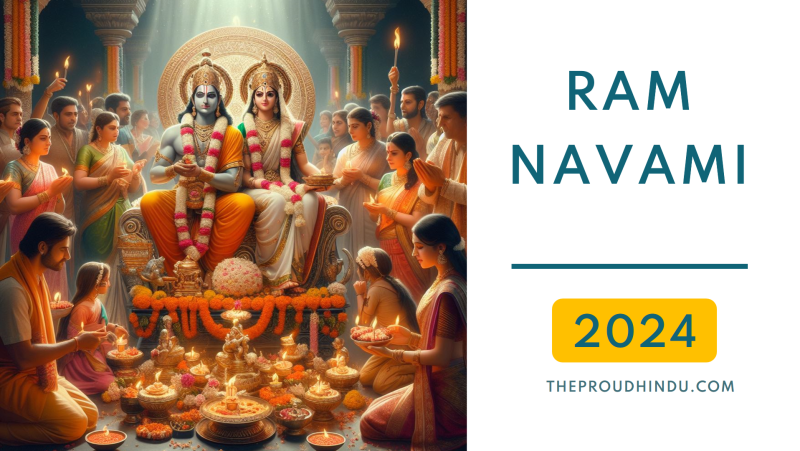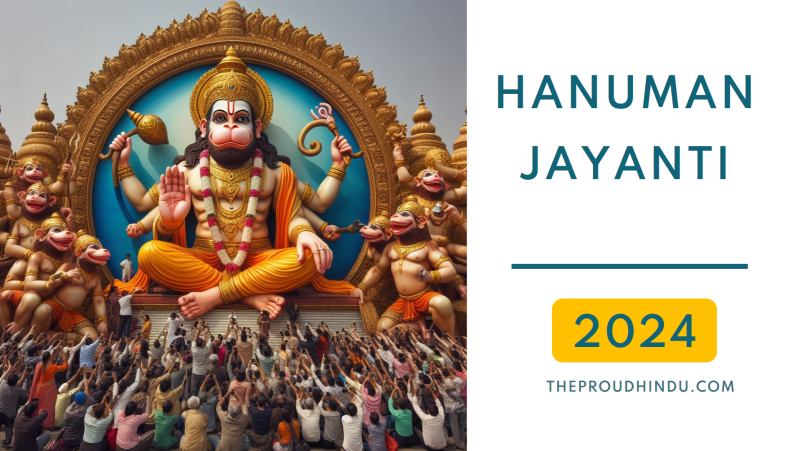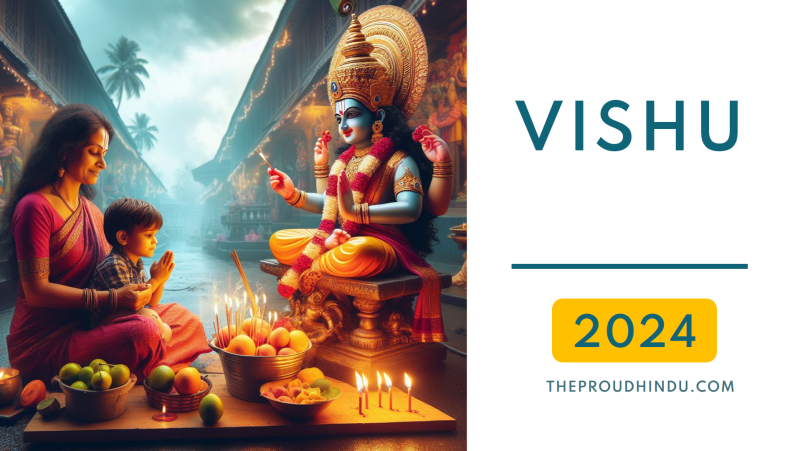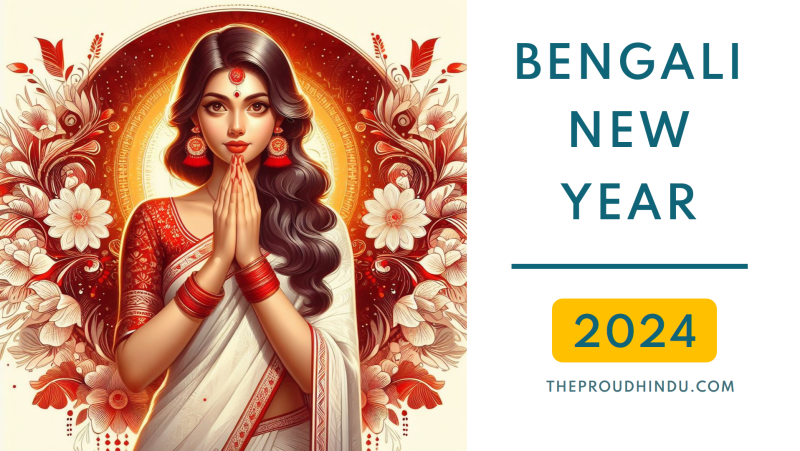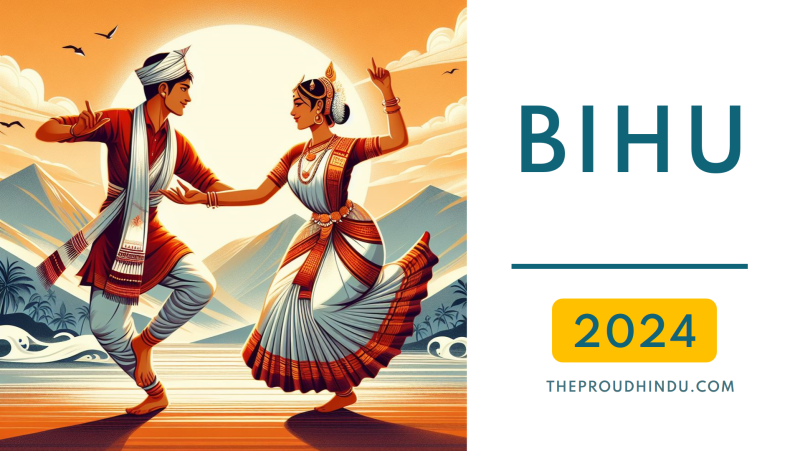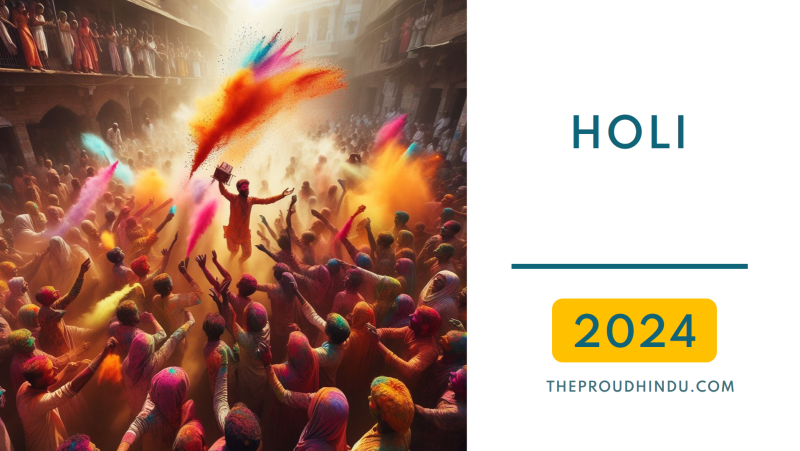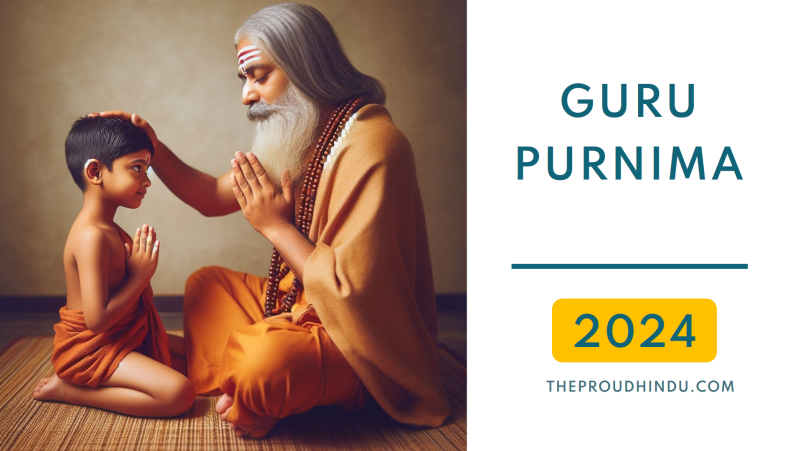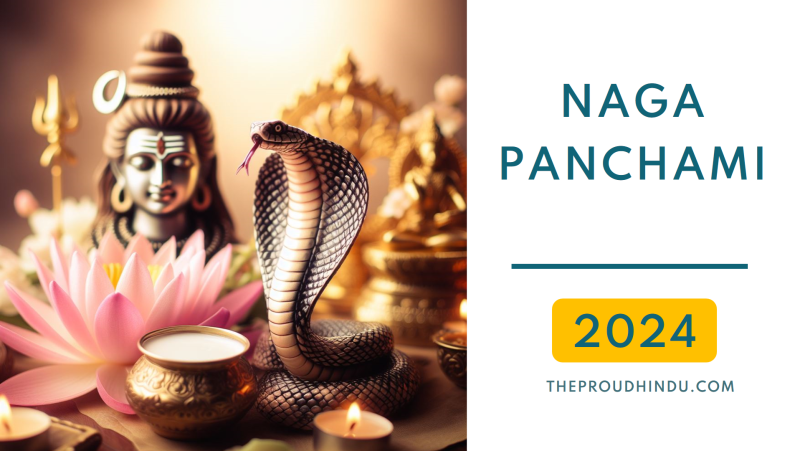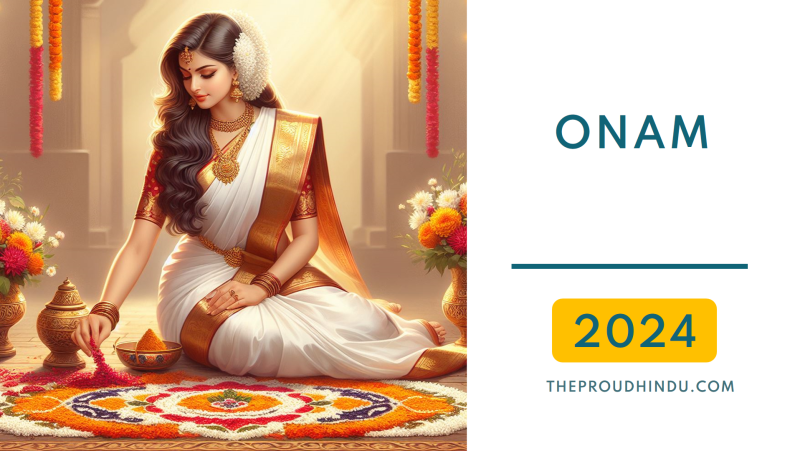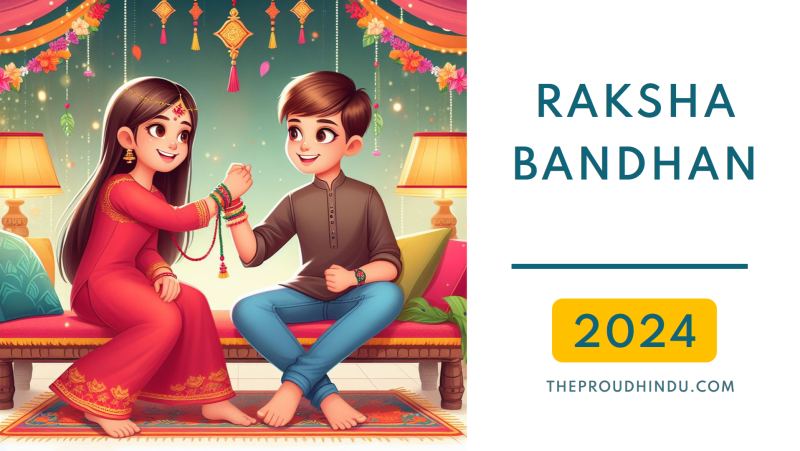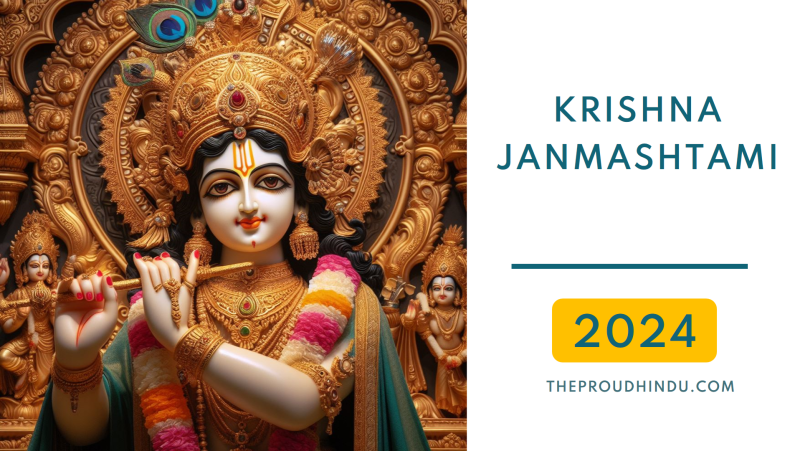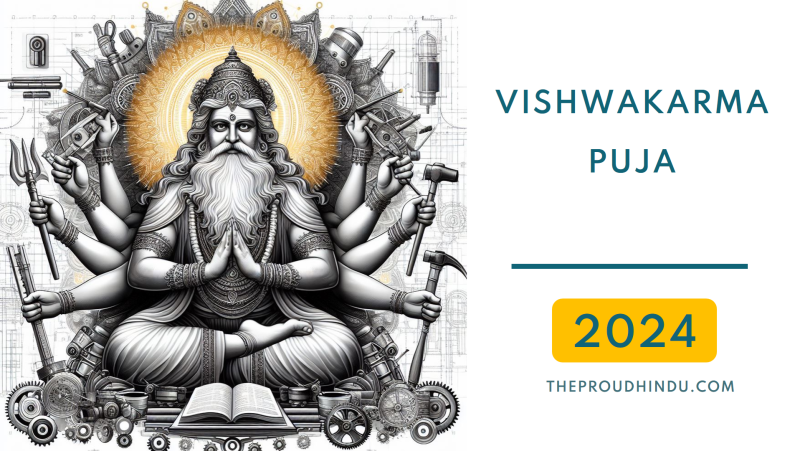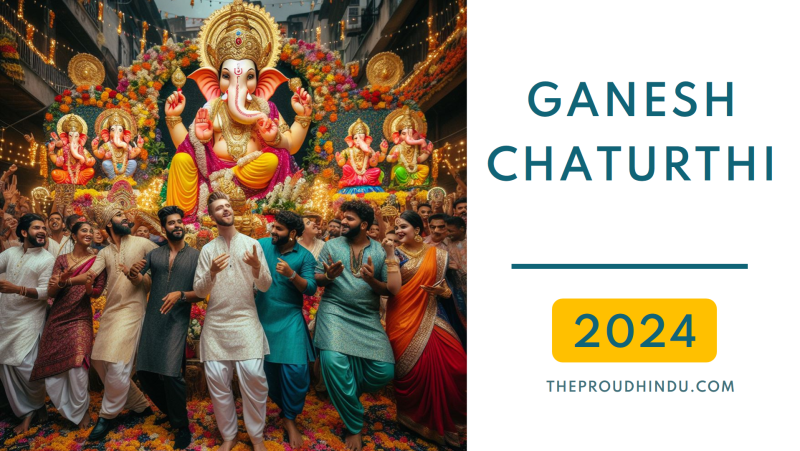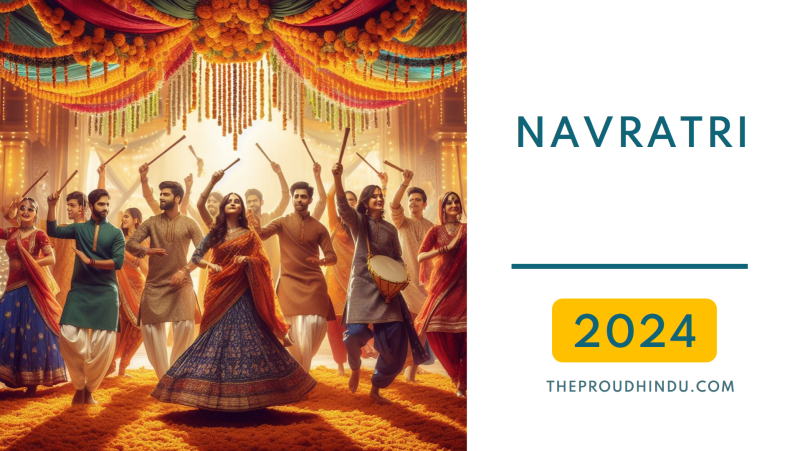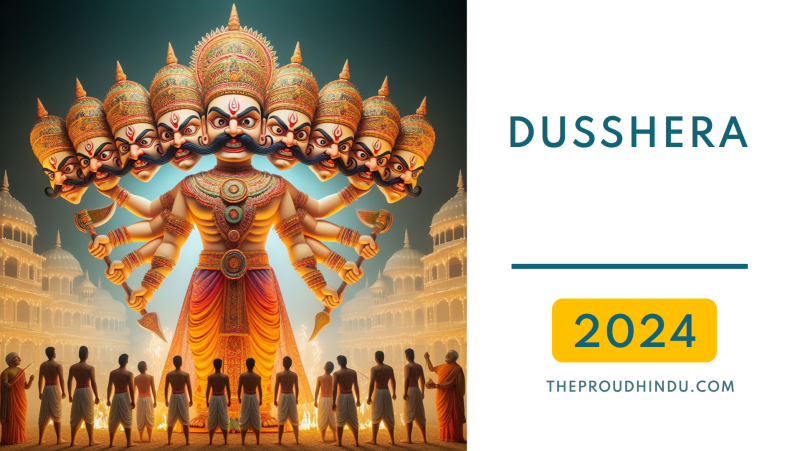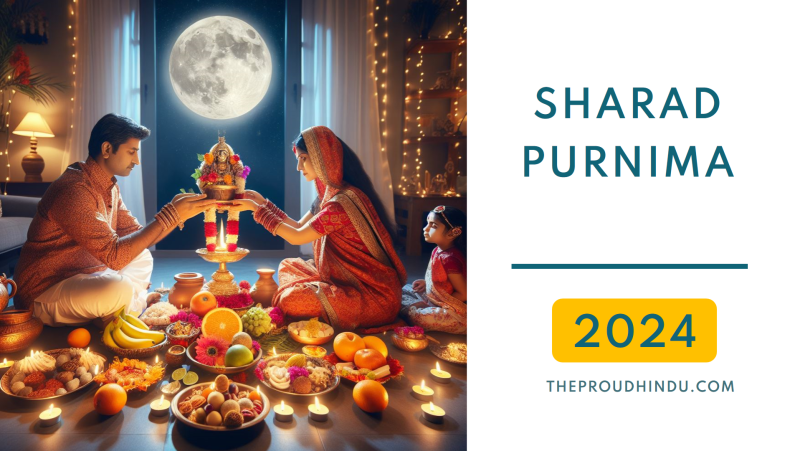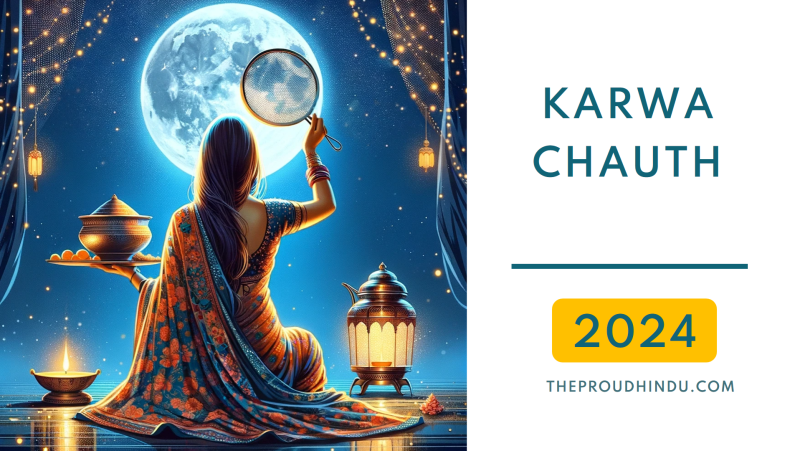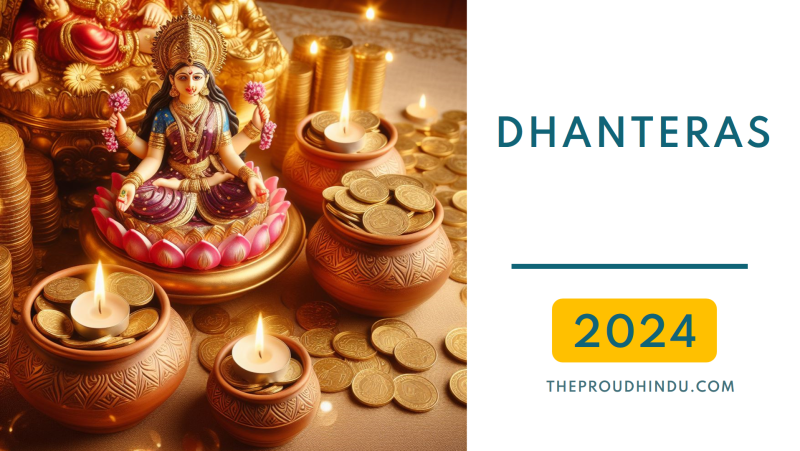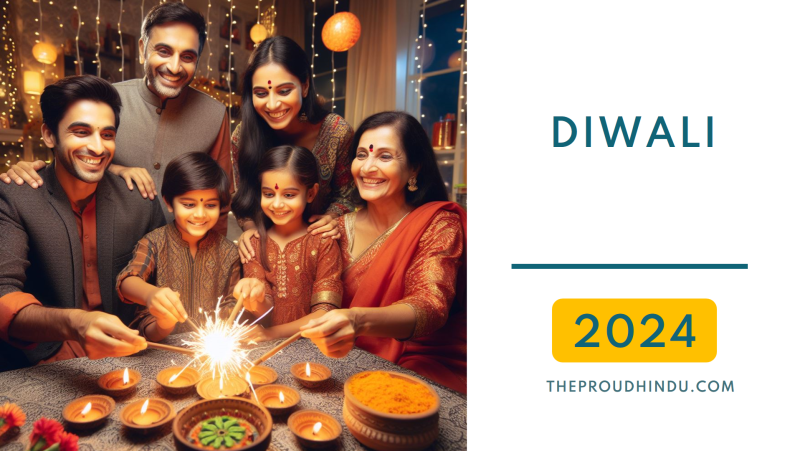
Diwali, also known as Deepavali, is a vibrant hindu festival of lights and is celebrated with great zeal and enthusiasm by millions of people around the world, particularly in India. It symbolizes the victory of light over darkness, righteousness over evil, and knowledge over ignorance. The festival spans five days, each with its own unique significance and rituals. Homes and streets are adorned with colorful decorations, intricate rangoli designs, and rows of twinkling diyas, creating a spectacle of warmth and radiance. Families come together to perform puja, offer prayers to Goddess Lakshmi for prosperity, and exchange gifts and sweets with loved ones. Diwali transcends religious boundaries, fostering a spirit of unity and harmony among people of diverse backgrounds. It is a time for reflection, renewal, and spreading happiness, as the glow of Diwali lights up hearts and homes, illuminating the path to hope and positivity.
Diwali 2024 Date
Diwali this year will be celebrated on Friday, 01 November 2024, 2024, across India.
Diwali History
The history of Diwali is deeply rooted in ancient Indian mythology and religious scriptures. Here's a detailed overview:
1. Return of Lord Rama: One of the most well-known stories associated with Diwali is the return of Lord Rama, an incarnation of the Hindu god Vishnu, to his kingdom of Ayodhya after 14 years of exile. This exile was due to a vow of his father, King Dasharatha, and the scheming of his stepmother Kaikeyi. Rama, along with his wife Sita and loyal brother Lakshmana, returned victorious after defeating the demon king Ravana, who had abducted Sita. The people of Ayodhya welcomed their beloved prince by lighting lamps and fireworks, symbolizing the triumph of good over evil and the dispelling of darkness.
2. Goddess Lakshmi and Lord Vishnu: Diwali is also associated with the worship of Goddess Lakshmi, the Hindu deity of wealth, prosperity, and abundance. It is believed that on the night of Diwali, Goddess Lakshmi descends to earth and enters homes that are clean and well-lit, bringing blessings of wealth and prosperity. Devotees also worship Lord Vishnu in his form as the preserver of the universe.
Historical Significance:
1. Coronation of King Vikramaditya: In some regions, Diwali is celebrated to commemorate the coronation of the legendary King Vikramaditya, who is revered as a symbol of prosperity and righteous rule.
2. Jain Tradition: For Jains, Diwali holds significance as it marks the nirvana or spiritual awakening of Lord Mahavira, the 24th Tirthankara of Jainism, who attained moksha (liberation) on this day.
Diwali Celebration
The celebration of Diwali is a multi-day affair filled with various rituals, customs, and festivities. Here's a detailed overview:
Preparations:
1. Cleaning and Decoration: In the weeks leading up to Diwali, homes and workplaces are thoroughly cleaned and decorated. This tradition, known as "Diwali cleaning," signifies the removal of negativity and the welcoming of positivity. Colorful rangoli patterns are drawn at the entrance to invite prosperity, and homes are adorned with lights, diyas (oil lamps), candles, and decorative items.
2. Shopping: Diwali is also a time for shopping for new clothes, jewelry, household items, and gifts for loved ones. Markets bustle with activity as people indulge in festive shopping.
Five Days of Diwali 2024:
1. Dhanteras: The first day of Diwali celebrations begins with Dhanteras, dedicated to wealth and prosperity. It is customary to buy gold, silver, or utensils on this day as a symbol of good fortune.
2. Choti Diwali (Narak Chaturdashi): The second day, also known as Choti Diwali or Narak Chaturdashi, commemorates the victory of Lord Krishna over the demon Narakasura. People take an oil bath before sunrise and light small earthen lamps to ward off evil spirits.
3. Diwali (Main Day): The third day is the main day of Diwali celebrations. Families gather for Lakshmi Puja, offering prayers to Goddess Lakshmi for wealth and prosperity. Homes are illuminated with lamps, and firecrackers are lit to celebrate the triumph of light over darkness. Exchanging gifts, sweets, and visiting friends and relatives are integral parts of Diwali festivities.
4. Govardhan Puja: The fourth day is observed as Govardhan Puja, commemorating Lord Krishna's lifting of the Govardhan Hill to protect the villagers from Indra's wrath. Devotees create small hillocks of cow dung to represent the Govardhan Hill and offer prayers.
5. Bhai Dooj: The fifth day is Bhai Dooj, a celebration of the bond between brothers and sisters. Sisters perform aarti for their brothers, apply tilak on their foreheads, and pray for their well-being. Brothers, in return, shower their sisters with gifts and blessings.
Community Celebrations:
1. Community Gatherings: Diwali brings communities together through various cultural events, performances, and social gatherings. Temples and public spaces are beautifully decorated, and cultural programs showcasing music, dance, and drama are organized.
2. Feasting: Diwali is synonymous with delicious feasts comprising traditional sweets, savories, and delicacies. Families prepare elaborate meals and exchange homemade sweets and snacks with neighbors and friends.
Diwali Decoration
Diwali decoration is an integral part of the festive celebrations, with homes, streets, and public spaces adorned with vibrant colors and lights. Here's a detailed guide to Diwali decorations:
Diwali Decoration Items
Diyas and Candles:
1. Traditional Oil Lamps (Diyas): Diyas are small clay lamps filled with oil and a cotton wick. They symbolize the triumph of light over darkness and are an essential part of Diwali decorations. Diyas are placed at entrances, windows, and around the house to illuminate the surroundings.
2. Decorative Candles: Alongside diyas, decorative candles in various shapes, sizes, and colors are used to enhance the festive ambiance. They are placed on windowsills, tables, and corners to add warmth and charm to the decor.
Rangoli:
1. Colorful Patterns: Rangoli, or floor art, is created using colored powders, rice flour, flower petals, or colored sand. Intricate designs and patterns are drawn on the floor, typically near the entrance of homes, to welcome guests and invite prosperity. Traditional motifs such as flowers, peacocks, diyas, and geometric shapes are commonly used.
2. Decorative Materials: Apart from colored powders, rangoli designs may incorporate materials like colored rice, lentils, or even gems and sequins for a more elaborate look.
Lights and Lanterns:
1. Fairy Lights: String lights or fairy lights are draped around the house, balconies, and outdoor spaces to create a magical atmosphere. They come in various colors and shapes and are often used to outline windows, doorways, and architectural features.
2. Paper Lanterns: Colorful paper lanterns, known as kandils or akash kandils, are hung from ceilings or outdoor spaces to add a festive touch. These lanterns are often intricately designed with patterns and motifs related to Diwali.
Floral Decorations:
1. Marigold Garlands: Marigold flowers hold special significance in Diwali decorations. Garlands of marigold flowers are used to adorn entrances, doorways, and idols of deities. They symbolize auspiciousness and are believed to ward off negativity.
2. Flower Arrangements: Fresh flower arrangements, especially with fragrant flowers like jasmine and roses, are placed in vases and bowls to add beauty and fragrance to the surroundings.
Decorative Items:
1. Torans and Door Hangings: Torans, or decorative door hangings, made from beads, mirrors, and fabric are hung on doorways to welcome prosperity and good luck.
2. Decorative Torches and Lanterns: Handcrafted decorative torches and lanterns made from metal, wood, or paper add a rustic and traditional charm to Diwali decorations.
Diwali Diya & Diwali Lamp
Diwali diyas hold deep cultural, religious, and symbolic significance in Indian traditions. Beyond their decorative appeal, they serve as a reminder of the festival's spiritual essence and the timeless values of light, hope, and prosperity. Diwali diyas are an essential part of the festival's decorations and rituals.
Here's detailed information about Diwali diyas:
1. Description:
• Material: Diwali diyas are traditionally made of clay (terracotta) or brass, although modern versions can also be found in materials like ceramic or metal.
• Shape: They typically have a shallow, bowl-like shape with a small cavity to hold oil or ghee (clarified butter) and a cotton wick.
• Size: Diyas come in various sizes, ranging from small, palm-sized ones to larger ones used for decorative purposes.
• Design: While traditional diyas are simple in design, with basic earthen colors, many contemporary diyas feature intricate patterns, carvings, or embellishments.
2. Significance:
• Symbol of Light: Diyas symbolize the victory of light over darkness, good over evil, and knowledge over ignorance. Lighting diyas during Diwali is believed to invite positive energy into the home and dispel negativity.
• Invocation of Deities: Diyas are also used during prayers and rituals to invoke the blessings of deities, particularly Goddess Lakshmi, the goddess of wealth, and Lord Ganesha, the remover of obstacles.
• Cultural Tradition: Lighting diyas is a centuries-old tradition deeply rooted in Indian culture and spirituality. It is considered auspicious and is practiced not only during Diwali but also during other festivals and ceremonies.
3. Usage:
• Decorative Lighting: Diyas are placed in rows or clusters around homes, temples, and other spaces to create a warm and welcoming ambiance during Diwali.
• Puja and Rituals: During Diwali, diyas are lit as part of the Lakshmi Puja (worship of Goddess Lakshmi) and other religious ceremonies performed by families and communities.
• Community Celebrations: Lighting of diyas is also a communal activity, with neighborhoods and public spaces illuminated by rows of diyas, creating a spectacle of light and color.
4. Preparation:
• Filling with Oil: Before lighting, diyas are filled with oil or ghee, and a cotton wick is placed in the cavity. Mustard oil or sesame oil is commonly used for traditional diyas, while vegetable oil or ghee may be used for decorative purposes.
• Arrangement: Diyas are arranged in patterns or designs, either on the floor, on windowsills, or on decorative trays, to enhance their visual appeal and symbolism.
5. Environmental Considerations:
• Eco-Friendly Options: In recent years, there has been a growing awareness about the environmental impact of traditional oil-burning diyas, leading to the popularity of eco-friendly alternatives such as electric diyas or solar-powered lights.
• Sustainable Practices: Some people opt for organic oils or vegetable-based candles instead of traditional oil-based diyas to reduce carbon emissions and environmental pollution.
Diwali Diya Decoration
Decorating Diwali diyas offers a wonderful opportunity to unleash your creativity and add a personal touch to your festive decorations. Whether you prefer traditional designs, modern techniques, or eco-friendly options, the possibilities are endless for creating beautifully adorned diyas that enhance the festive ambiance of Diwali. Decorating Diwali diyas is a creative and enjoyable aspect of the festival. Here's detailed information on how to decorate
Diwali diyas:
1. Traditional Designs:
• Painting: Use acrylic paints, fabric paints, or enamel paints to decorate diyas with traditional motifs such as flowers, peacocks, paisley patterns, or geometric designs.
• Hand-painting: Hand-painting intricate designs on diyas requires steady hands and attention to detail. You can use small brushes or fine-tipped paint pens for precision.
• Embellishments: Adorn diyas with decorative embellishments like sequins, beads, glitter, or rhinestones for added sparkle and texture.
2. Decoupage:
• Materials: Decoupage involves adhering paper cutouts or napkins onto the surface of the diya using decoupage glue or Mod Podge.
• Design Options: Choose colorful patterned napkins, tissue paper, or decorative paper with Diwali-themed designs such as rangoli patterns, lotus flowers, or religious symbols.
• Technique: Carefully apply a thin layer of glue to the diya, place the paper cutout, and smooth out any wrinkles or air bubbles. Seal the design with another layer of glue for a glossy finish.
3. Fabric and Ribbon:
• Fabric Covering: Cut small pieces of fabric in festive colors and patterns, and adhere them to the diya using fabric glue or double-sided tape.
• Ribbon Wrapping: Wrap colorful ribbons around the body or rim of the diya, securing them with glue or adhesive tape. Experiment with different ribbon widths and textures for added visual interest.
4. Glass Painting:
• Materials: Glass paints or acrylic paints suitable for glass surfaces, as well as paintbrushes in various sizes.
• Design Ideas: Create intricate designs on the outer surface of the diya, such as floral patterns, religious symbols, or abstract designs inspired by rangoli patterns.
• Technique: Clean the surface of the diya thoroughly before painting. Use thin, even brushstrokes to apply the paint, and allow each layer to dry completely before adding additional details or colors.
5. Personalization:
• Name or Initials: Personalize diyas by painting or embellishing them with the names or initials of family members or loved ones.
• Messages: Write festive greetings or auspicious messages on the diya using permanent markers or calligraphy pens.
• Custom Themes: Tailor the decoration of diyas to match specific themes or color schemes for your Diwali decor.
6. Eco-Friendly Options:
• Natural Elements: Decorate diyas with eco-friendly materials such as dried flowers, leaves, or twigs for a rustic and sustainable look.
• Herbal Dyes: Experiment with natural dyes extracted from spices, herbs, or flowers to color the diyas organically.
Diwali Lights Decoration
Diwali festival of lights is a central aspect of Diwali celebrations, symbolizing the victory of light over darkness and the triumph of good over evil. Decorating with lights is a creative and festive way to illuminate your home and create a magical ambiance during Diwali. Whether you prefer traditional diyas, string lights, or innovative installations, the key is to create a visually stunning display that celebrates the spirit of the festival while ensuring safety and sustainability.
Here's detailed information on how to decorate with lights for Diwali:
1. Types of Lights:
• String Lights (Fairy Lights): These are strands of small electric bulbs connected by a wire. They are available in various lengths, colors, and shapes, including traditional bulb lights, LED lights, and decorative light strings with motifs like stars, flowers, or lanterns.
• Rice Lights: These are smaller LED lights arranged in a dense strand resembling rice grains. They come in various colors and are often used for intricate designs and patterns.
• Candles and Tea Lights: Traditional candles or battery-operated tea lights are also popular for Diwali decorations. They add a warm and cozy ambiance to indoor and outdoor spaces.
2. Outdoor Decorations:
• Illuminated Entrance: Line the pathway leading to your home with string lights or diyas to create a welcoming entrance. You can also hang illuminated torans or door hangings.
• Festive Façade: Decorate the exterior of your home with string lights, wrapping them around pillars, railings, and windows. Outline architectural features like windows and doors with lights to highlight them.
3. Indoor Decorations:
• Rangoli Illumination: Place string lights around rangoli designs to make them stand out, creating a stunning visual effect.
• Mantel and Shelf Décor: Adorn mantels, shelves, and ledges with string lights and candles. You can also arrange illuminated glass jars or lanterns for added charm.
• Festive Centerpieces: Create illuminated centerpieces for tables and countertops using string lights, candles, or LED fairy lights entwined with flowers or foliage.
4. Special Installations:
• Diya Installation: Arrange clay diyas or electric diyas in decorative patterns or designs on tables, shelves, or window sills.
• Light Curtains: Hang light curtains or light nets behind curtains or drapes to create a twinkling backdrop for indoor spaces.
• Hanging Installations: Create hanging installations using string lights or rice lights suspended from ceilings or beams. You can shape them into cascading curtains or geometric patterns.
5. Safety Precautions:
• Check Electrical Connections: Ensure that all electrical connections and wires are in good condition and properly insulated to prevent accidents.
• Use LED Lights: Opt for energy-efficient LED lights, which produce less heat and are safer than traditional incandescent bulbs.
• Keep Flammable Objects Away: Place lights away from curtains, fabrics, and other flammable objects to reduce the risk of fire hazards.
6. Eco-Friendly Options:
• Solar-Powered Lights: Consider using solar-powered lights for outdoor decorations, which harness renewable energy and reduce electricity consumption.
• Reusable Decorations: Invest in durable, reusable light decorations that can be used for multiple years, reducing waste and environmental impact.
Diwali Lantern
Diwali lanterns, also known as kandils or akash kandils, are decorative lanterns traditionally hung during the Diwali festival. Diwali lanterns are not just decorative ornaments but symbolic representations of the festival's spirit and cultural heritage. Whether they are traditional paper lanterns, intricately designed metal lanterns, or colorful fabric lanterns, they add a touch of beauty and elegance to Diwali celebrations, illuminating homes and hearts with their radiant glow.
Here's detailed information about Diwali lanterns:
1. Description:
• Material: Diwali lanterns are typically made of paper, cardboard, metal, or fabric. They feature intricate designs and patterns that allow light to shine through.
• Shape: Lanterns come in various shapes and sizes, including cylindrical, rectangular, spherical, and polygonal shapes. Some lanterns have a simple structure, while others are adorned with ornate cutwork or embellishments.
• Design: Traditional Diwali lanterns feature colorful designs inspired by Indian motifs such as peacocks, paisley patterns, floral motifs, or religious symbols like Om or Swastika.
2. Significance:
• Symbolism: Diwali lanterns symbolize hope, happiness, and prosperity. They are believed to guide Goddess Lakshmi to homes and dispel darkness, both literal and metaphorical.
• Decorative Element: Lanterns are an integral part of Diwali decorations, adding warmth, charm, and vibrancy to homes, streets, and public spaces.
• Cultural Tradition: The tradition of hanging lanterns during Diwali has been passed down through generations, reflecting the cultural heritage and spiritual significance of the festival.
3. Types of Lanterns:
• Paper Lanterns: These lanterns are made of paper or thin cardboard and are often collapsible for easy storage. They are lightweight and come in various colors and designs.
• Metal Lanterns: Metal lanterns are more durable and long-lasting than paper lanterns. They are often intricately designed with perforated metal panels that create beautiful patterns when illuminated.
• Fabric Lanterns: Fabric lanterns are made of colorful fabrics like silk or cotton. They are soft and pliable, allowing for unique shapes and designs.
4. Decoration and Lighting:
• Colorful Embellishments: Decorate lanterns with sequins, beads, mirrors, or ribbons to enhance their visual appeal. You can also use fabric paints or markers to add personalized designs.
• Lighting Options: Illuminate lanterns with tea lights, LED candles, or string lights. Ensure that the lighting source is safe and does not pose a fire hazard.
• Hanging Installation: Hang lanterns from ceilings, doorways, balconies, or trees using strings, ribbons, or wires. Create cascading displays or cluster multiple lanterns together for a dramatic effect.
5. Eco-Friendly Options:
• Recyclable Materials: Choose lanterns made from eco-friendly materials such as recycled paper, biodegradable cardboard, or natural fibers.
• Solar-Powered Lights: Opt for solar-powered LED lights or candles to illuminate lanterns, reducing electricity consumption and environmental impact.
• Reusable Decorations: Invest in durable, reusable lanterns that can be used for multiple years, minimizing waste and promoting sustainability.
6. Safety Precautions:
• Fire Safety: Exercise caution when using open flames or candles inside lanterns. Keep flammable objects away from lanterns and never leave them unattended while lit.
• Stable Hanging: Ensure that lanterns are securely hung to prevent them from falling or swinging in windy conditions.
• Child Safety: Keep lanterns out of reach of children to avoid accidents or injuries.
Diwali Puja
Performing Diwali Puja (worship) is an integral part of the Diwali festival, symbolizing the invocation of divine blessings and prosperity. Performing Diwali Puja is a sacred and joyous occasion that brings families together to seek blessings, express gratitude, and celebrate the triumph of light over darkness. Through prayers, rituals, and devotion, Diwali Puja fosters a sense of spiritual renewal, prosperity, and harmony in the hearts and homes of devotees.
Here's a detailed guide on how to perform Diwali Puja:
1. Preparation:
• Cleanliness: Ensure that the puja area and surroundings are clean and tidy. It is customary to clean the house thoroughly before Diwali to welcome Goddess Lakshmi.
• Puja Items: Gather all necessary puja items including idols or images of deities (Goddess Lakshmi, Lord Ganesha, and Lord Rama), diyas (oil lamps), incense sticks, flowers, fruits, sweets, sacred thread (kalava or moli), rice, turmeric, vermilion (kumkum), sandalwood paste, coconut, betel leaves, betel nuts, camphor, and puja thali.
2. Setup:
• Puja Altar: Arrange a clean and decorated puja altar or platform. Cover it with a fresh cloth and decorate it with rangoli, flowers, and garlands.
• Placement: Place the idols or images of Goddess Lakshmi, Lord Ganesha, and Lord Rama on the puja altar. Ensure that they face east or north, which are considered auspicious directions.
• Lighting: Light the diyas and incense sticks to purify the surroundings and create a sacred ambiance.
3. Invocation:
• Ganesh Puja: Begin the puja by invoking Lord Ganesha, the remover of obstacles, and seeking his blessings. Offer prayers, flowers, and modak (a sweet delicacy) to Lord Ganesha.
• Kalash Sthapana: Perform Kalash Sthapana, the ritualistic installation of a decorated pot (kalash) filled with water, grains, and coins symbolizing prosperity and abundance. Tie the sacred thread around the neck of the kalash.
• Lakshmi Puja: Offer prayers and invocations to Goddess Lakshmi, the deity of wealth and prosperity. Chant Lakshmi mantras and offer flowers, rice, turmeric, vermilion, and sweets to the goddess.
4. Puja Rituals:
• Abhishekam: Perform abhishekam (ritual bathing) of the deities with water, milk, yogurt, honey, ghee, and rose water, while chanting mantras.
• Aarti: Light the camphor or ghee lamp and perform aarti, circling it clockwise in front of the deities. Sing devotional songs and hymns praising the deities.
• Offerings: Offer fruits, sweets, betel leaves, betel nuts, and coconut to the deities as bhog (offering).
• Prayers and Mantras: Recite Diwali special prayers, mantras, and hymns dedicated to Goddess Lakshmi, Lord Ganesha, and Lord Rama.
5. Arati and Prasad Distribution:
• Arati: Conclude the puja by performing arati to the deities with the diyas while singing arati songs.
• Prasad Distribution: Distribute the prasad (blessed offerings) to family members, friends, and guests as a token of blessings and goodwill.
6. Meditation and Reflection:
• Meditation: Take a moment for personal meditation and reflection, expressing gratitude for blessings received and setting intentions for the coming year.
• Family Time: Spend quality time with family members, sharing stories, exchanging gifts, and enjoying festive meals together.
Diwali Sweet
Diwali sweets, also known as "mithai," are an integral part of the Diwali festival celebrations. Diwali sweets play a significant role in the festive celebrations, delighting taste buds and spreading joy and sweetness among friends and family. Whether homemade or store-bought, traditional or contemporary, Diwali sweets embody the spirit of the festival, bringing people together in a shared appreciation of delicious treats and festive indulgence.
Here's detailed information about Diwali sweets:
1. Significance:
• Symbol of Celebration: Diwali sweets symbolize joy, prosperity, and togetherness. They are exchanged as gifts among friends, family, and neighbors during the festival, fostering bonds of love and goodwill.
• Offering to Deities: Sweets are offered to deities during puja ceremonies as bhog (sacred offering) to seek blessings for prosperity and happiness.
2. Traditional Sweets:
• Ladoo: Ladoos are round-shaped sweets made from ingredients like gram flour (besan), semolina (sooji), or chickpea flour (besan) mixed with sugar, ghee, and nuts. They are a popular and versatile Diwali sweet available in various flavors like coconut, sesame, and boondi.
• Barfi: Barfi, also known as burfi, is a dense milk-based sweet flavored with ingredients such as cardamom, saffron, nuts, or fruit purees. It is typically cut into square or diamond-shaped pieces and decorated with edible silver foil (varak).
• Jalebi: Jalebi is a crispy, deep-fried sweet made from fermented batter soaked in sugar syrup. It has a bright orange color and a spiral or pretzel-like shape, making it visually appealing and delicious.
• Gulab Jamun: Gulab jamun is a soft and spongy milk-based sweet dumpling soaked in sugar syrup flavored with rose water or cardamom. It is often garnished with saffron strands or chopped nuts.
• Kaju Katli: Kaju katli, also known as kaju barfi, is a fudge-like sweet made from cashew nuts, sugar, and ghee. It has a smooth texture and a rich, nutty flavor, making it a favorite among Diwali sweets.
• Rasgulla: Rasgulla is a syrupy sweet made from chenna (freshly made cheese curds) and sugar syrup. It is soft, spongy, and melt-in-your-mouth delicious, perfect for indulging in during the festive season.
• Besan Ladoo: Besan ladoo is made from roasted gram flour (besan), sugar, ghee, and cardamom powder. It has a crumbly texture and a rich, nutty flavor, making it a popular choice for Diwali celebrations.
• Soan Papdi: Soan papdi, also known as patisa or soan cake, is a flaky and crispy sweet made from gram flour, ghee, sugar, and cardamom. It has a delicate texture and a sweet, aromatic taste, making it a delightful treat for Diwali.
3. Regional Variations:
• Modak: Modak is a sweet dumpling made from rice flour or wheat flour stuffed with a mixture of jaggery, coconut, and nuts. It is a traditional sweet associated with the festival of Ganesh Chaturthi but is also enjoyed during Diwali, especially in Maharashtra.
• Chikki: Chikki is a crunchy sweet made from jaggery and roasted nuts like peanuts, cashews, or almonds. It is popular in states like Maharashtra, Gujarat, and Karnataka and is often enjoyed as a snack during Diwali.
4. Homemade Delights:
• Preparation: Many families prepare homemade sweets for Diwali, following traditional recipes passed down through generations. It is a time-consuming but rewarding process that brings families together.
• Customization: Homemade sweets can be customized to suit individual tastes and preferences, allowing for experimentation with flavors, textures, and ingredients.
• Personal Touch: Giving homemade sweets as gifts adds a personal touch to the gesture, conveying warmth, love, and thoughtfulness to the recipient.
5. Commercial Options:
• Local Sweet Shops: Local sweet shops and mithaiwalas offer a wide variety of Diwali sweets, ranging from traditional favorites to innovative creations.
• Online Platforms: Online platforms and confectionery stores provide convenient options for purchasing Diwali sweets, with doorstep delivery services available for gifting and personal consumption.
Diwali Gifts For Family
Choosing Diwali gifts for family members is a thoughtful way to express love, gratitude, and goodwill during the festival. Selecting Diwali gifts for family members involves considering their interests, preferences, and sentiments to choose thoughtful and meaningful presents that strengthen bonds and foster joy and togetherness during the festive season. Whether it's traditional gifts, personalized items, or practical essentials, the gesture of giving is sure to spread happiness and love among your family members.
Here's detailed information on selecting Diwali gifts for various family members:
1. Parents:
• Traditional Attire: Consider gifting traditional Indian attire such as sarees, kurta-pajamas, or ethnic dresses for your parents to wear during Diwali celebrations.
• Jewelry: A piece of jewelry like a necklace, earrings, or a bracelet with traditional designs can make for a meaningful gift for your parents.
• Home Decor: Opt for elegant home decor items like brass idols, decorative diyas, or intricately carved showpieces to adorn their living space.
• Sweets and Dry Fruits: Present a box of premium-quality sweets or a basket of assorted dry fruits to indulge your parents' taste buds during the festive season.
2. Siblings:
• Personalized Gifts: Customize gifts such as photo frames, mugs, or keychains with memorable photos or messages to cherish the bond with your siblings.
• Gadgets and Accessories: Gift the latest gadgets, tech accessories, or trendy items like wireless earbuds, smartwatches, or personalized phone cases.
• Books: Select books or novels based on your siblings' interests and preferences, whether it's fiction, non-fiction, self-help, or hobbies like cooking or photography.
• Fashion and Beauty: Surprise your siblings with fashionable clothing, accessories, skincare sets, or makeup kits to enhance their style and beauty.
3. Grandparents:
• Health and Wellness: Consider gifts that promote health and wellness, such as herbal teas, organic skincare products, or meditation and yoga accessories tailored to your grandparents' preferences.
• Memorabilia: Create a personalized photo album or scrapbook featuring cherished memories and family photos to evoke nostalgia and joy.
• Traditional Gifts: Gift traditional items like handmade shawls, embroidered stoles, or vintage collectibles that reflect your grandparents' cultural heritage and values.
• Customized Calendar or Planner: Prepare a customized calendar or planner featuring family photos, important dates, and special messages to help your grandparents stay organized and connected throughout the year.
4. Children:
• Toys and Games: Select age-appropriate toys, games, puzzles, or educational kits to inspire creativity, learning, and playfulness among children.
• Books and Comics: Encourage reading habits by gifting engaging storybooks, comics, or activity books that cater to children's interests and imaginations.
• Art and Craft Supplies: Foster creativity and artistic expression with art supplies like coloring books, sketch pads, crayons, markers, or DIY craft kits.
• Apparel and Accessories: Surprise children with trendy clothing, footwear, or accessories featuring their favorite cartoon characters, superheroes, or motifs.
5. Extended Family and Relatives:
• Gourmet Gift Baskets: Present gourmet gift baskets filled with premium chocolates, cookies, nuts, dried fruits, exotic teas, and artisanal snacks to delight extended family members and relatives.
• Home Utility Items: Choose practical and stylish home utility items like kitchen gadgets, organizers, or personalized home decor items that add functionality and aesthetic appeal to their living spaces.
• Customized Diwali Hampers: Create customized gift hampers featuring a mix of items tailored to individual preferences, such as grooming essentials, stationery sets, scented candles, or personalized stationery.
Diwali Crackers
Diwali crackers, also known as fireworks or pyrotechnics, have been traditionally used during the Diwali festival to celebrate the triumph of light over darkness and to add excitement and spectacle to the festivities. While Diwali crackers have long been associated with the festival's celebrations, it is essential to balance tradition with safety and environmental considerations. By following safety guidelines, opting for eco-friendly alternatives, and practicing responsible usage, individuals can enjoy the festive spirit of Diwali while minimizing risks to themselves, others, and the environment.
Here's detailed information on Diwali crackers:
1. Types of Crackers:
• Firecrackers: These are explosive devices that produce colorful sparks, flashes of light, and loud noises when ignited. They come in various types such as sparklers, rockets, aerial shells, bombs, and flowerpots.
• Sparklers: Sparklers are hand-held fireworks that produce bright sparks and shimmering effects when lit. They are popular among children and are often used for decorative purposes during Diwali.
• Fountains: Fountains are stationary fireworks that emit showers of sparks and colorful flames when ignited. They come in different sizes and designs, including cone fountains, wheel fountains, and ground spinners.
2. Significance:
• Symbolism: Diwali crackers symbolize the victory of light over darkness, good over evil, and knowledge over ignorance. Lighting crackers is believed to ward off evil spirits and bring prosperity and happiness.
• Tradition: The tradition of bursting crackers during Diwali dates back centuries and is deeply ingrained in Indian culture. It is considered auspicious and is a cherished part of the festival celebrations.
• Festive Spirit: Diwali crackers add excitement, joy, and festivity to the atmosphere, creating a sense of unity and camaraderie among communities.
3. Safety Measures:
• Supervision: It is essential to supervise children and ensure that they handle crackers safely. Adults should always be present when crackers are being lit.
• Open Space: Burst crackers in open spaces away from buildings, vehicles, trees, and flammable objects to prevent accidents and minimize fire hazards.
• Protective Gear: Wear protective gear such as safety goggles, gloves, and closed-toe shoes to avoid injuries from sparks and debris.
• Water Source: Keep a bucket of water, sand, or a fire extinguisher nearby to extinguish any fires or accidents promptly.
• Follow Instructions: Read and follow the instructions on cracker labels carefully to ensure safe handling and ignition.
4. Environmental Concerns:
• Air Pollution: The burning of crackers releases harmful pollutants such as sulfur dioxide, nitrogen dioxide, and particulate matter into the air, contributing to air pollution and respiratory problems.
• Noise Pollution: Firecrackers produce loud noises that can cause distress to animals, elderly individuals, and people with sensitive hearing. It can also disturb the peace and tranquility of neighborhoods.
• Safety of Animals: The sound and smoke from crackers can scare and traumatize pets and wildlife, leading to stress, anxiety, and injuries.
5. Alternatives:
• Eco-Friendly Crackers: Explore eco-friendly alternatives such as green crackers, which are designed to reduce emissions and noise levels while retaining the festive spirit.
• Noiseless Crackers: Opt for noiseless crackers that produce visual effects without loud noises, minimizing disturbance to people and animals.
• Community Celebrations: Participate in community celebrations and organized events where crackers are used responsibly and safely under supervision.
Diwali Date
| Year | Date | Day |
|---|---|---|
| Diwali 2023 Date | 12 November 2023 | Sunday |
| Diwali 2024 Date | 01 November 2024 | Friday |
| Diwali 2025 Date | 21 October 2025 | Tuesday |
| Diwali 2026 Date | 08 November 2026 | Sunday |
| Diwali 2027 Date | 29 October 2027 | Friday |
You may also like …
Are You The Proud Hindu?
The Trimurti
Create an account to join us and start taking part in conversations.
SIGNIN